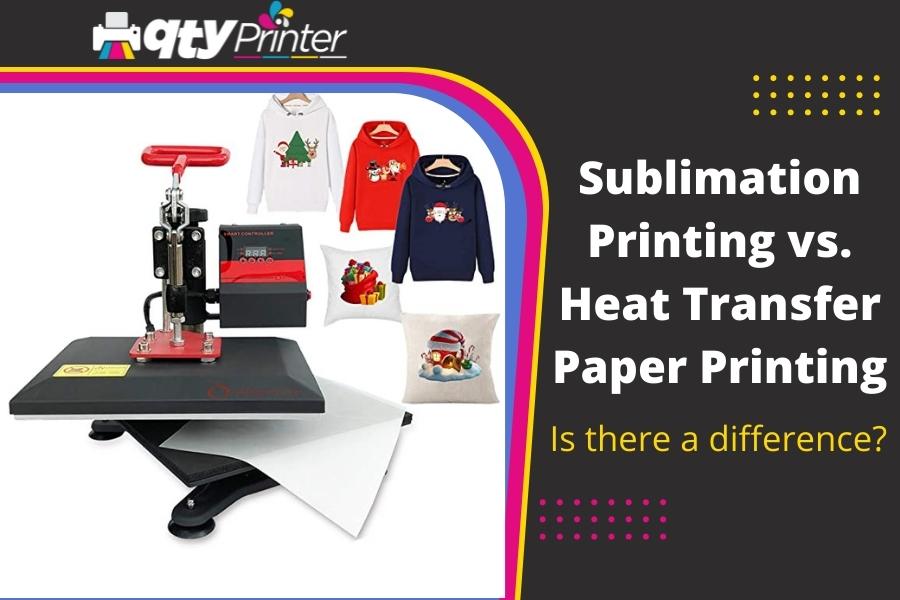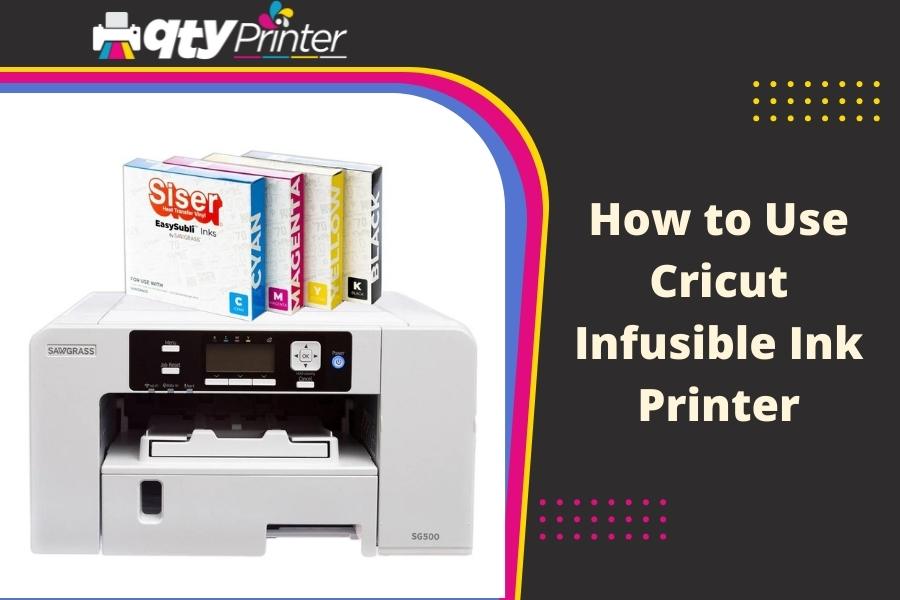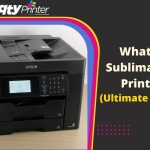Heat transfers and Cricut machines have become popular tools in the world of crafting, allowing individuals to create personalized designs on various surfaces. While both approaches have their merits, picking the best one might be difficult. To assist you in making an informed choice based on your unique crafting requirements, we’ll compare the top heat transfer printers and Cricut machines in this post.
The Power of Printers for Heat Transfers
Customized graphics may be easily and affordably added to fabric, mugs, and other surfaces using heat transfers. You’ll need a printer that can generate sharp, colorful pictures if you want the greatest heat transfer results. Here are some of the best printers for heat transfers:
- Epson SureColor P800: This inkjet printer is a favorite among heat transfer enthusiasts due to its exceptional color accuracy and wide color gamut. It’s capable of handling various transfer paper types and produces sharp, detailed prints.
- Sawgrass SG400 or SG800: Sawgrass specializes in printers designed specifically for sublimation printing, which is a popular heat transfer method. These printers offer excellent color vibrancy and are easy to set up for heat transfer applications.
- Canon PIXMA Pro-100: Known for its affordability and high-quality photo prints, the Canon PIXMA Pro-100 is a solid choice for heat transfers. It’s also compatible with various transfer paper brands.
- Epson WorkForce WF-7210: This wide-format inkjet printer allows you to print larger heat transfer designs, making it ideal for crafting larger fabric projects like banners and tapestries.
- Siser Print and Cut System: While not a printer per se, this system combines a Siser digital printer with a vinyl cutter to create full-color heat transfers with precision. This is a popular choice for those who want to avoid using transfer paper.
The Magic of Cricut Machines
Cricut machines have revolutionized the crafting world, making intricate cuts and designs easier to create. While they aren’t printers, they play a crucial role in the customization process. Let’s explore some of the most popular Cricut machines and their features:
- Cricut Explore Air 2: This is a versatile machine that can cut a wide range of materials, from vinyl and paper to fabric and leather. It’s a great choice for creating custom designs for various crafting projects.
- Cricut Maker: The Cricut Maker is a step up from the Explore Air 2, offering even more versatility. It can cut over 300 materials, including thicker materials like balsa wood and chipboard.
- Cricut Joy: If you’re looking for something compact and transportable, the Cricut Joy is a fantastic substitute. It’s a fantastic entry-level machine since it works well for little jobs and is simple to operate.
- Cricut EasyPress: The Cricut EasyPress is an excellent tool for heat transfers despite not being a cutting machine. It ensures even heat and pressure, resulting in professional-looking heat transfer designs.
Choosing the Right Tool for Your Needs
When deciding between a printer for heat transfers and a Cricut machine, consider the following factors:
- Project Scope: Think about the size and complexity of your projects. If you primarily work with fabric and want to transfer intricate, colorful designs, a high-quality printer for heat transfers may be the better choice. On the other hand, if you enjoy paper crafting, card making, or working with a wide range of materials, a Cricut machine might be more suitable.
- Budget: Both printers and Cricut machines come in a range of prices. Consider your budget and how often you plan to use the tool. For occasional crafters, a more affordable option may suffice.
- Ease of Use: Cricut machines are known for their user-friendly interface, making them suitable for beginners. If you’re new to crafting or want a hassle-free experience, a Cricut machine may be the better option.
- Versatility: Assess your need for versatility. Cricut machines are excellent for cutting and crafting, while printers for heat transfers are specialized for image transfer applications.
Conclusion
In Conclusion, the choice between a printer for heat transfers and a Cricut machine depends on your crafting preferences and project requirements. A heat transfer printer is ideal for those who want to create vivid, intricate designs on fabric and other surfaces, while a Cricut machine excels in cutting various materials for a wide range of crafting projects. Carefully consider your crafting goals, budget, and desired level of customization to make the right choice for your creative endeavors.

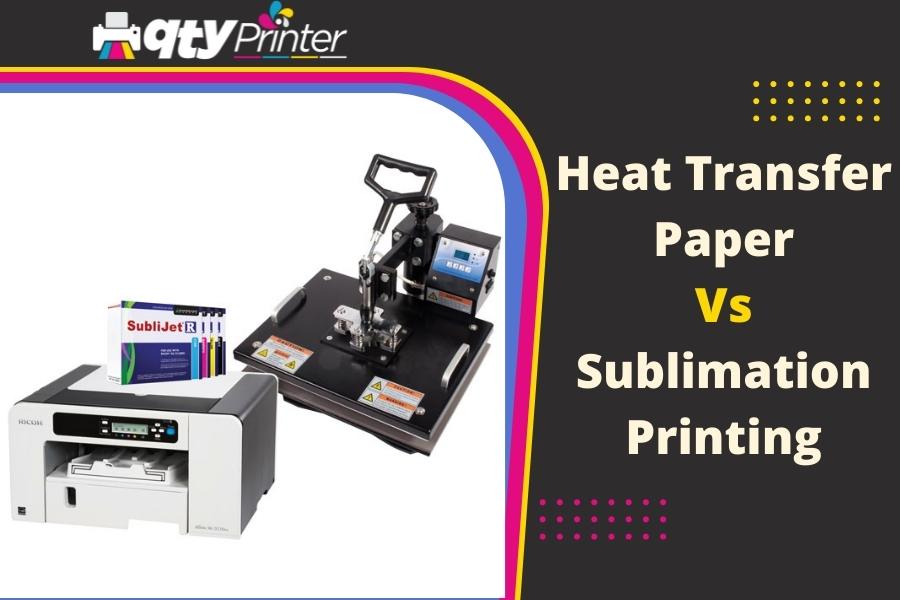

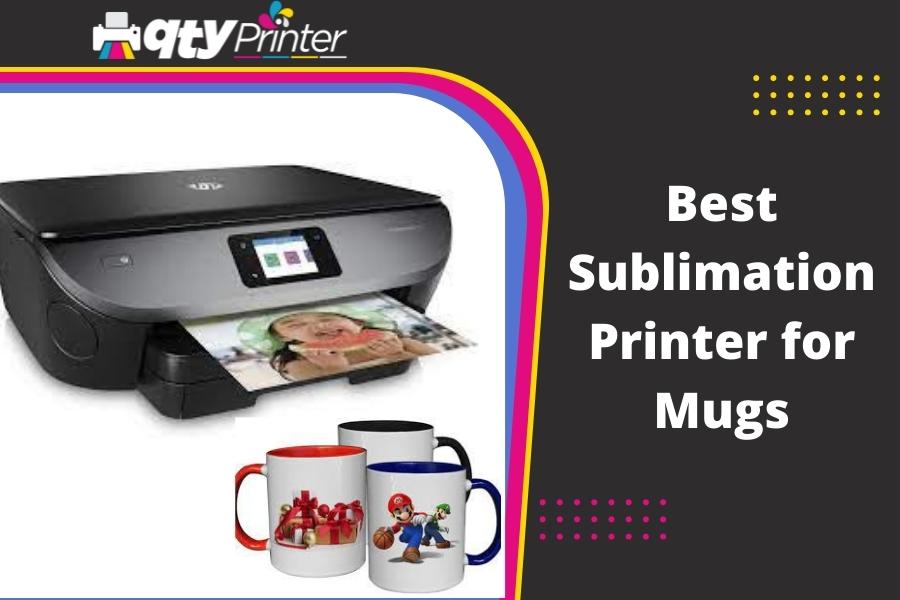
![10 Best Sublimation Printer for Heat Transfer [AUG 2022] Best Sublimation Printer for Heat Transfer](https://qtyprinter.com/wp-content/uploads/2022/08/Best-Sublimation-8-150x150.jpg)
